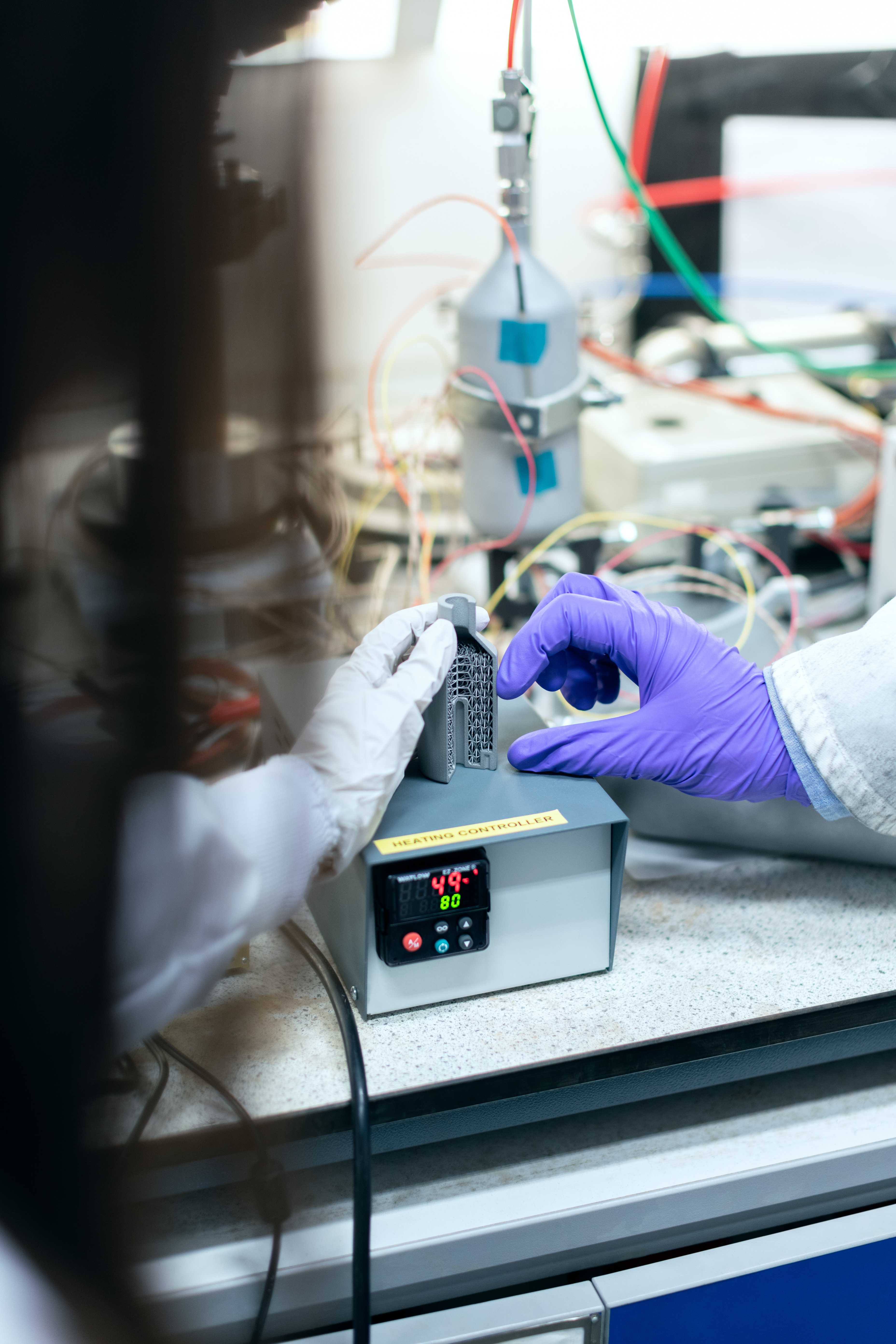
Formaldehyde testing refers to the process of analyzing and measuring the presence and concentration of formaldehyde gas in various substances or environments. Formaldehyde is a colorless, strong-smelling gas that is widely used in the production of resins, plastics, and other industrial materials.
There are several methods used for formaldehyde testing, including
Indoor Air Quality: Formaldehyde testing is commonly
performed to assess indoor air quality, especially in residential and commercial
buildings. It helps identify and quantify formaldehyde levels emitted from
sources such as furniture, carpets, insulation, pressed wood products, and
certain household cleaners. Health Concerns: Formaldehyde exposure has been
associated with various health issues, including respiratory irritation,
allergic reactions, and in high concentrations, potential carcinogenic effects.
Formaldehyde testing helps evaluate the potential risks and allows for
appropriate actions to be taken to mitigate exposure. Compliance and Standards:
Formaldehyde emissions from certain products, such as composite wood materials,
are regulated by standards and regulations. Formaldehyde testing ensures
compliance with these guidelines to protect public health and safety.
Occupational Safety
Formaldehyde testing is also crucial in occupational settings where workers may be exposed to formaldehyde as part of their job. Monitoring formaldehyde levels ensures compliance with occupational health and safety regulations, allowing for proper protective measures and employee well-being.
By conducting formaldehyde testing, potential sources of formaldehyde can be identified, and appropriate measures can be taken to reduce exposure and ensure a safe and healthy environment. Regular testing and monitoring are essential to maintain indoor air quality, protect human health, and comply with relevant regulations and standards.